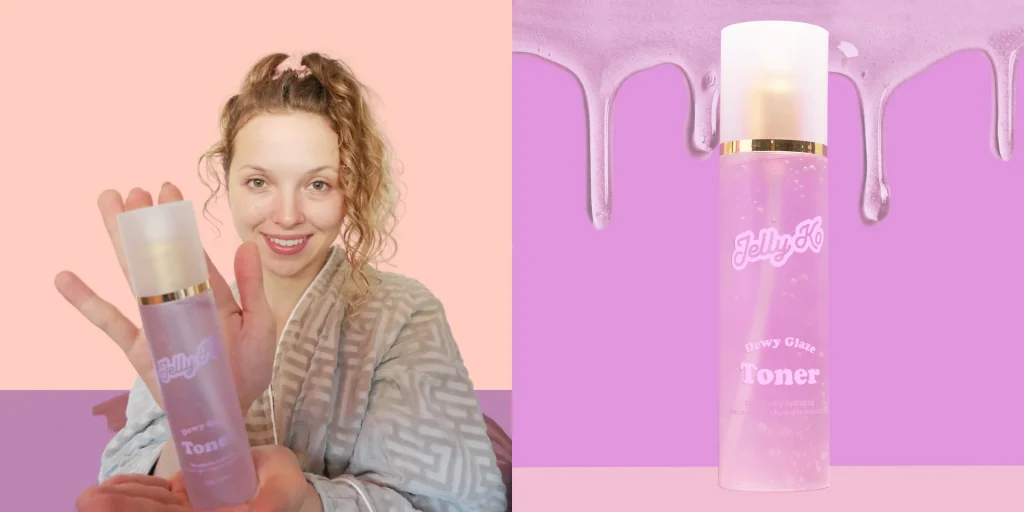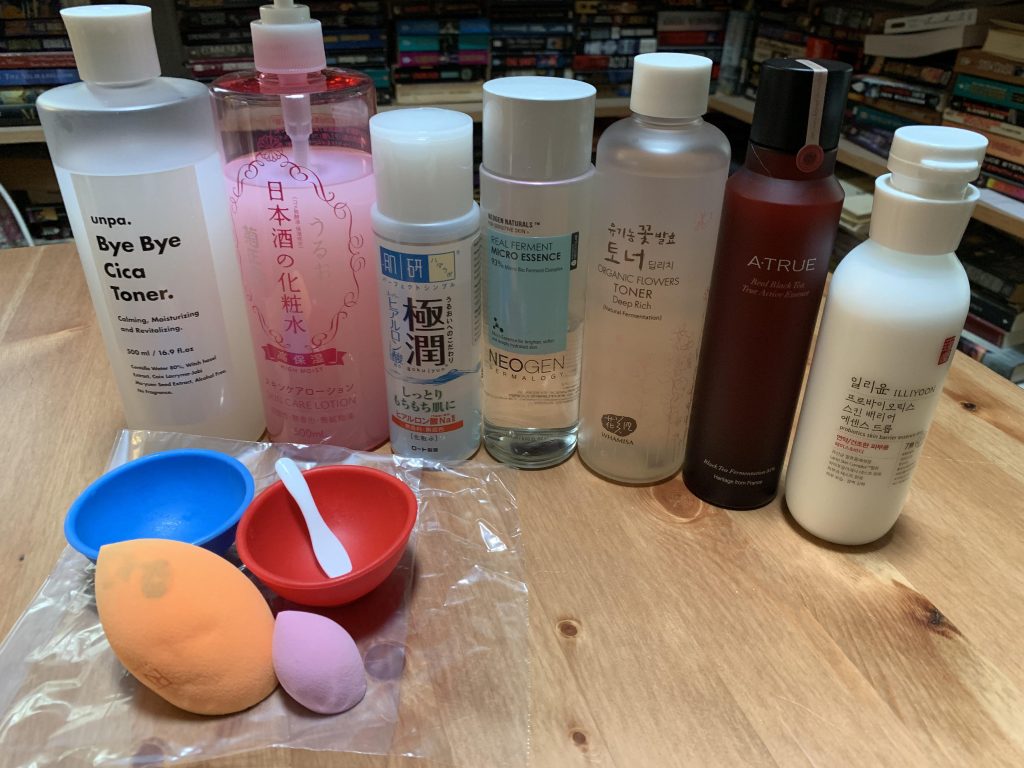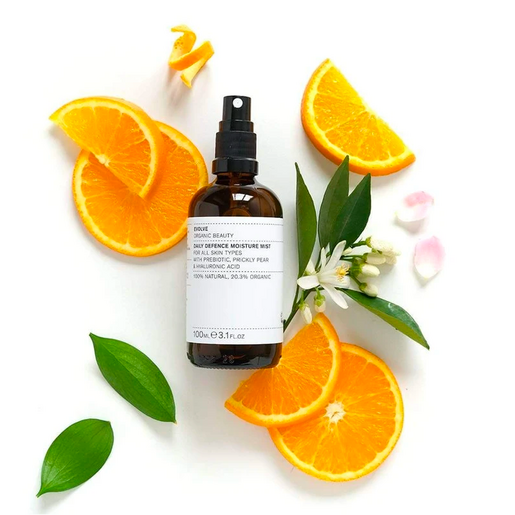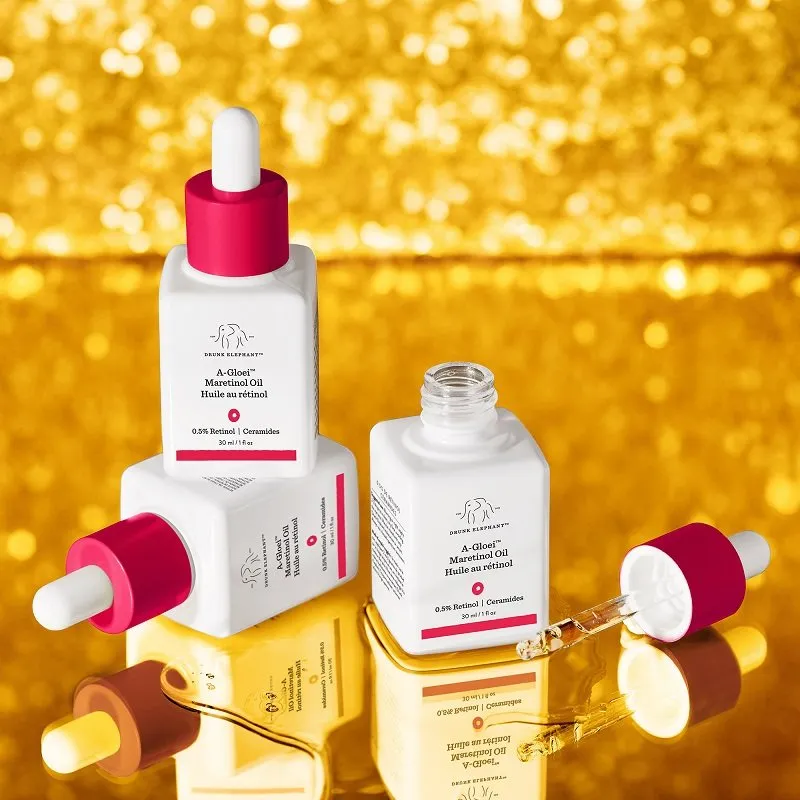
The Best Skins Method A Comprehensive Tips 2024
 Mohammad Sojib
Mohammad Sojib- 0
- 88
Skins Method Due to its efficiency and simplicity, the skin method has rapidly gained popularity in various industries, from cooking to construction. Whether you’re a professional looking to streamline processes or a beginner seeking to understand how this technique can enhance your work, this article will dive deep into what the skin’s method is, how it’s applied, and why it’s one of the best techniques in its respective fields.

Table of Contents
ToggleWhat is the Skins Method?
The skins method is a term that typically refers to layering or applying materials in thin sheets, or “skins.” This method is used in various fields, ranging from culinary arts, where chefs apply thin layers of ingredients for better flavor, to construction, where layers are added to improve insulation and durability.
Origins of the Skins Method
The origins of the skins method can be traced back to ancient times when artisans and craftsmen found that layering materials resulted in stronger, more durable products. This technique was widespread in leatherworking, pottery, and even ancient forms of construction.
Today, the skin method has been modernized and adapted for use in multiple industries. It is known for its ability to create precision, durability, and a refined finish, especially when compared to other, less meticulous methods.
Applications of the Skins Method in Various Industries
The Skins Method in Culinary Arts
In the culinary world, the skins method is frequently employed in gourmet cooking. Chefs use this technique to apply thin layers of ingredients, such as sauces or meats, to enhance flavor and texture. Layering flavors using the skins method ensures that each bite is packed with the intended taste while maintaining a delicate balance of the ingredients involved.
For instance, in pastry-making, layers of dough and butter create the perfect flaky texture in a croissant. Similarly, in sushi, layers of fish and rice can make the perfect umami bomb.
Why the Skins Method Works in Cooking
The effectiveness of the skin method in cooking is due to its ability to control proportions and enhance flavor distribution. Instead of overwhelming the palate with a single, heavy ingredient, the skins method allows chefs to create harmonious layers, where each flavor can stand out without overpowering the other.

The Skins Method in Construction
In construction, the skin method is commonly used in modern insulation techniques. The process involves adding thin, layered materials that provide both insulation and protection. These layers, often referred to as “skins,” can consist of anything from foam insulation to drywall to weatherproof barriers.
Benefits of the Skins Method in Construction
- Durability: The multiple layers provide additional strength to structures.
- Energy Efficiency: Proper layering can significantly reduce heat loss, leading to more energy-efficient buildings.
- Cost-Effectiveness: While it might take a bit longer to apply, the skin’s method in construction often saves money in the long term due to its superior insulation properties.
The Skins Method in Fashion and Textiles
The fashion industry has also embraced the skin method, particularly in textile production. Designers and manufacturers use multiple layers of fabric to create garments that are not only stylish but functional. This technique allows for more intricate designs, improved fit, and better durability.
How Designers
- Layering Fabrics: Many high-end fashion pieces feature multiple layers of fabric, offering depth and movement to the garment.
- Improved Fit: With proper layering, designers can ensure that clothing drapes well and fits more naturally on the body.
- Enhanced Comfort: Thinner layers of fabric help create comfortable garments that don’t sacrifice style for practicality.
The Skins Method in Technology
In technology, especially in the production of electronic devices, the skins method is used in manufacturing thin, multi-layered displays and battery skins. This method enhances durability while maintaining a sleek, modern design.
Examples of the Skins Method in Technology
- Smartphone Displays: Thin layers of protective glass, touchscreen functionality, and LCD layers combine to create resilient, responsive screens.
- Battery Technology: Layering materials in battery production allows for compactness while increasing energy capacity and performance.
The Benefits
Precision and Control
The skins method allows for a higher degree of precision and control, especially in industries like construction and technology, where small missteps can lead to costly mistakes. By using multiple layers, professionals can make micro-adjustments to achieve the desired outcome without having to start over.
Durability and Longevity
Multiple layers mean that there is less wear and tear over time, as each layer provides an additional level of protection. Whether it’s in fashion or construction, durability is a key selling point of the skins method.
Aesthetic and Functional Balance
The skin’s method strikes a unique balance between aesthetics and functionality. In fashion, for example, layering fabrics can result in beautiful, dynamic designs while maintaining the necessary comfort and durability.
Versatility Across Industries
What makes the skin method stand out is its versatility. It can be adapted to a range of industries—from culinary arts to technology—making it one of the most efficient and reliable techniques available today.
Challenges and Limitations
While the skin method has numerous advantages, it also comes with some challenges:
- Time-Consuming: Applying multiple layers can take more time than other methods, which might not be ideal for industries requiring rapid production.
- Resource-Intensive: In some cases, the skins method might require more resources, as additional materials need to be applied in layers.
- Specialized Skills: Professionals using this method must be highly skilled to ensure the proper application of each layer, which can limit its use to experts in the field.
Conclusion Why the Skins Method is Here to Stay

The skins method is a versatile, reliable, and highly effective technique that has found a home in industries as varied as culinary arts, construction, fashion, and technology. Its ability to provide precision, durability, and a refined finish makes it an essential technique for professionals seeking to improve their processes and outcomes.
As industries continue to innovate, the skin method will likely evolve as well, adapting to new materials and techniques. Its wide-ranging applications and proven benefits ensure that it will remain a cornerstone in many fields for years to come.

Assalamu Alaikum.. I am Mohammad Sojib I have been working in fashion for a long time I am in US and UK and I write about this topic in many places. I have been working and working on this topic for a long time
And I am a blogger I have been blogging about fashion for a long time in different places.



